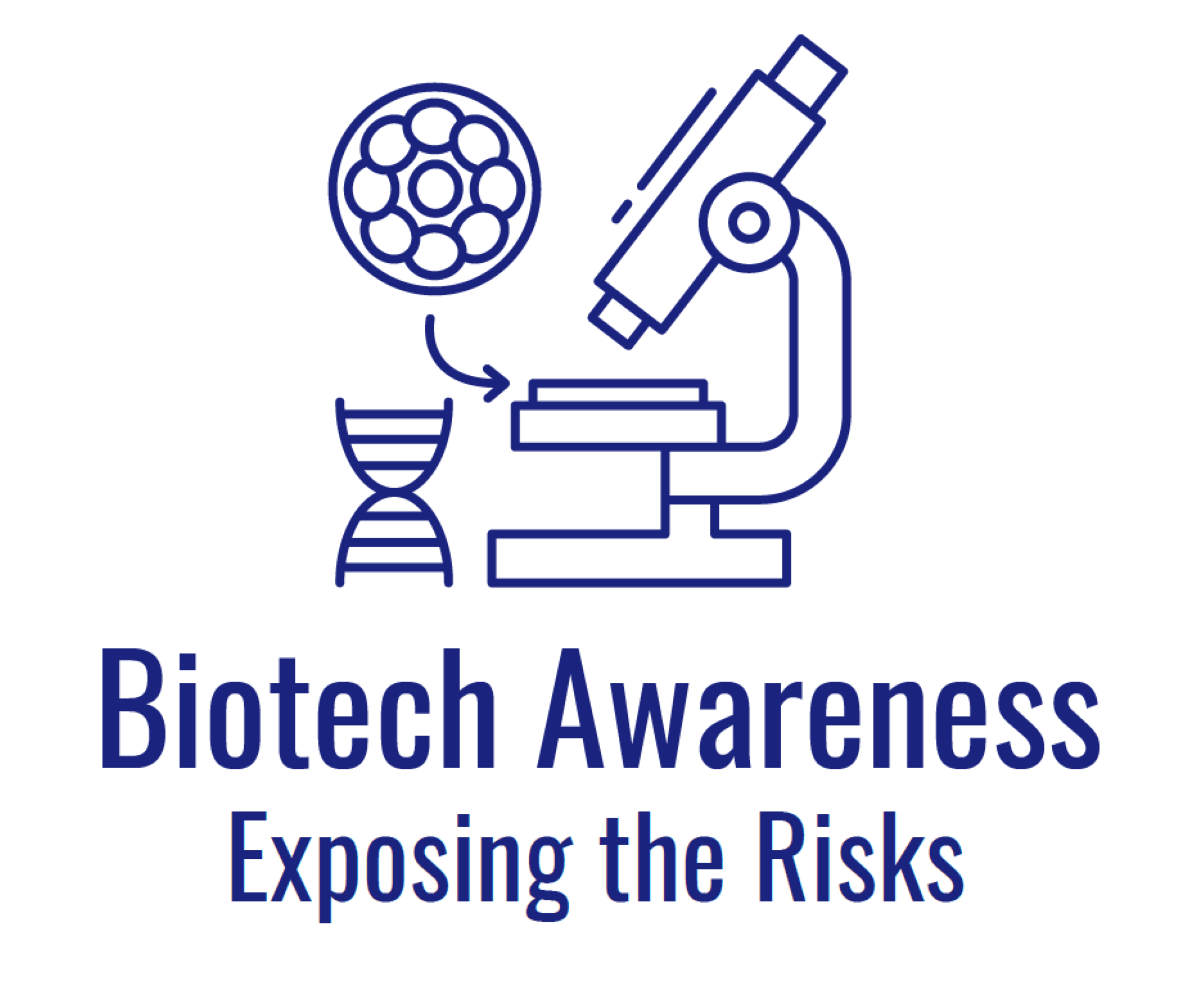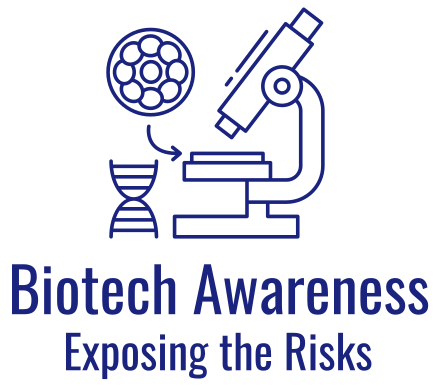2006 Inquiry regarding aerial spraying of pesticides in New Zealand
Report of the March 2006 People's Inquiry into the Impacts and Affects of Aerial Spraying Pesticide Over Urban Areas of Auckland (published October 2007)
The People's Inquiry conducted an official investigation into the aerial spraying of pesticides in New Zealand. The 117-page report is very insightful and alarming. They found numerous ethical and human rights violations.
For 2 1/2 years, from January 2002 through May 2004, West Auckland, New Zealand, had experienced a continuous 2-3 week cycle of aerial spraying of dangerous pesticides that were being used to eradicate the painted apple moth (PAM).
The inquiry found there was no consideration given to the effect on humans and animals.
It is important to note this included the time period when
Donna Bird and her family and neighbors were severely harmed by aerial spraying over their homes in January 2003.
Here are a few excerpts from the report:
- West Auckland is an urban area with more than 200,000 residents, hundreds of schools and childcare facilities, hospitals, offices, markets and shops.
- It was a program administered by the Ministry of Agriculture & Forestry (MAF) to eradicate a pest that threatened national economic interests (not human health).
- In the pursuit of this over-riding national interest, the people got in the way -- became a nuisance and a burden. And they paid the price.
- Actions knowingly undertaken by agents of the government resulted in the infliction of serious physical, social and economic injury on a significant number of West Auckland citizens.
- West Aucklanders who were forced to participate in this aerial spray experiment, the longest such aerial spray experiment ever conducted on a urban population, were not provided full information about the nature or duration of the experiment, were not fully informed about the agents to which they would be regularly exposed, and were not given opportunity freely choose whether they wished to participate in the experiment or not.
- The insecticide used in the spraying was Foray 48B. The active ingredient (in terms of lethality to the PAM) in Foray 48B is Bacillus thuringiensis var kurstakki (Btk) which is contained in a chemical mixture formulated to enhance functions such as the spreadability, durability, and "stickability" of the spray. Despite repeated requests, MAF refused to disclose these "inert" ingredients, either to concerned residents or to their GPs.
- It is clear beyond reasonable doubt that the aerial spraying of Foray 48B in Auckland, New Zealand, has resulted in adverse health affects on the exposed population. It has been devastating not only to the physical but also to the emotional, mental, economic and social well-being of the affected people.
- The practice of forcibly exposing human beings unidentified airborne toxicants from which they are unable to escape has been recognized as wrong on so many levels that the movement to disclose so-called "inert" ingredients in pesticide formulations is gaining increasing popular and legislative support around the world.
Additional excerpts from the report
The report contains a lengthy discussion about the human rights violations that occurred during this aerial spraying programme. Here are a few excerpts:
- The Universal Declaration of Human Rights (UDHR), arguably the single most important international instrument ever negotiated, was based on a "recognition of the inherent dignity and of the equal and inalienable rights of all members of the human family."
- The basic moral law of every society asserts that a government which wrongly injures its own citizens must make them whole insofar as this is possible.
- Principle 10 of the Rio Declaration on Environment and Development establishes citizens' rights to information about environmental toxics to which they may be exposed.
- The World Health Organization's International Ethical Guidelines for Biomedical Research Involving Human Subjects insists on the principle of informed consent and more fully develops the concept of "vulnerable populations" (i.e., groups of persons who need special protections due to their unique vulnerabilities -- infants, children, pregnant women, elderly, etc.).
The report presented 27 recommendations. Seven of those recommendations are listed here.
- The government should issue a formal apology to the affected community for the impacts of the PAM spray programme on people's health, employment and education and for the inadequate support provided to those affected.
- The government should establish a compensation fund to reimburse major expenses and losses incurred by the affected community.
- The acceptability of agreements that result in the involuntary exposure of people to a product whose ingredients cannot be revealed to them should be reviewed by the Human Rights Commission and by the Health and Justice and Electoral Select Committees.
- All health-related of biosecurity, including the health impacts of future incursion responses and on those impacts, should be the responsibility of the Ministry of Health. They should neither be funded by nor delegated to MAF or Biosecurity New Zealand.
- Symptoms should not be dismissed as psychosomatic simply because their nature and pattern does not fit what the assessor expected based on past risk assessments, particularly where the level of exposure is unusual (e.g., long-term, repeated exposure of an urban population to Foray48B).
- All ingredients in any pesticide formulation that will be deployed in or near any vicinity where human beings are likely to be exposed to direct spray, spray drift or spray residues should be fully and publicly disclosed. If full disclosure is not possible, then the pesticide should not be deployed in any location where humans will be exposed.
- The government should make public assurances to the community that what happened in West Auckland will not happen again anywhere in New Zealand.
Please read the report for more details.
This same type of aerial spraying program has been used in many other populated areas (e.g., Vancouver, Richmond, Surrey and Delta in Canada; Washington state; Oregon state, etc.) with the same outcome -- many people became ill and government officials were unavailable or secretive and refused to share details about the product being sprayed, and they "minimize, even trivialize, its impact on human health."
In 2009, Btk was used in London, Ontario, Canada. Once again, many people became ill. To learn more about what happened, read the 2009 report titled "Adverse Health Consequences Following Aerial Spraying with Bacillus thuringiensi (Btk) to Control the Gypsy Moth."
The 2009 report discusses what happened in Ontario, and it refers to the events of the Btk aerial spraying that have occurred in other locations including Auckland, New Zealand, from 2002 through 2004.

